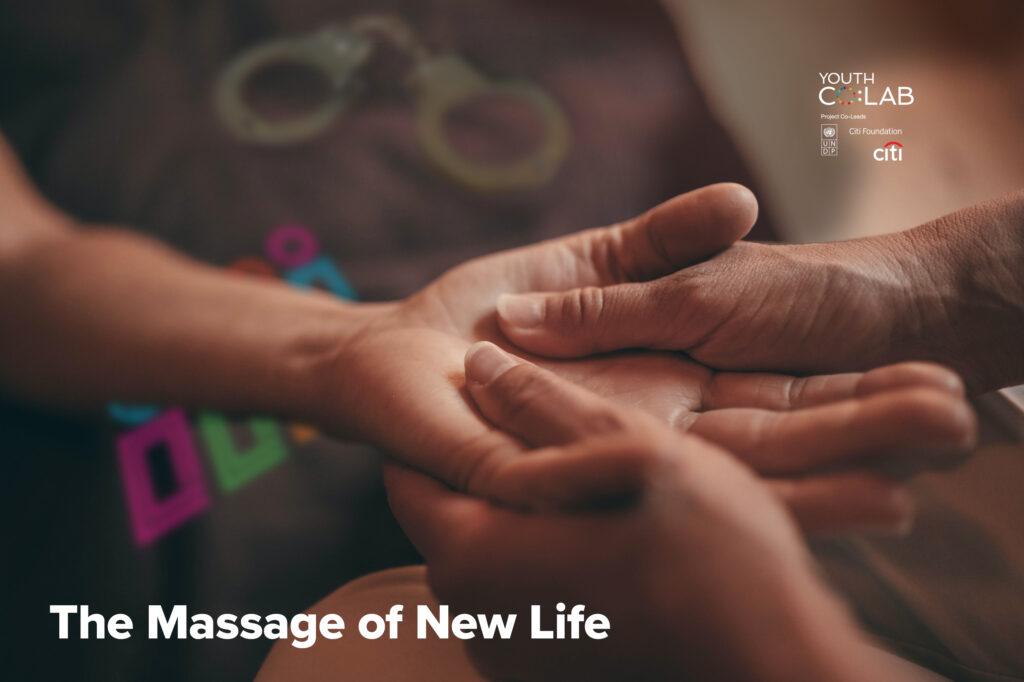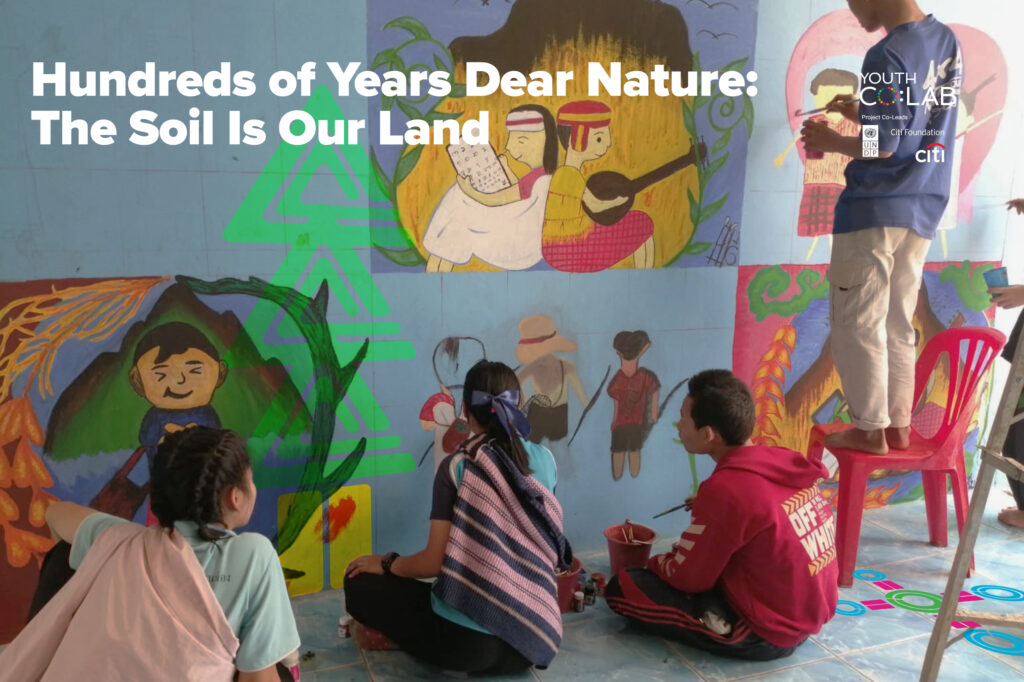- Published Date: 17/02/2019
- by: UNDP
Sustainability in Wonderfruit event
Besides fun experience and music, one of the issues that Wonderfruit focuses on is “sustainability”. Wonderfruit is not only a music activity that promotes environmental cause, but is also a central platform to build awareness, promote creativity, and be a model of inspiration to change behaviour. It also complies with Sustainable Development Goals or SDGs of the United Nation in many aspects, such as the 6th goal of SDGs: have adequate water supply and sustainable water and sanitation management; the 12th goal: support sustainable consumption and production by managing usage of natural resources effectively; or the 2nd goal: achieve food security and support sustainable agriculture by improving livings and supporting small agricultural supply.
Followings are examples of sustainability that happened in Wonderfruit:
Art and agriculture: design of each stage and structure were inspired by nature, using local material and original building techniques, resulted in strong and lasting structures
Eco Pavilion: sitting space in the shade of good red umbrellas from hand-made cottons. The sitting space was divided by bamboos.
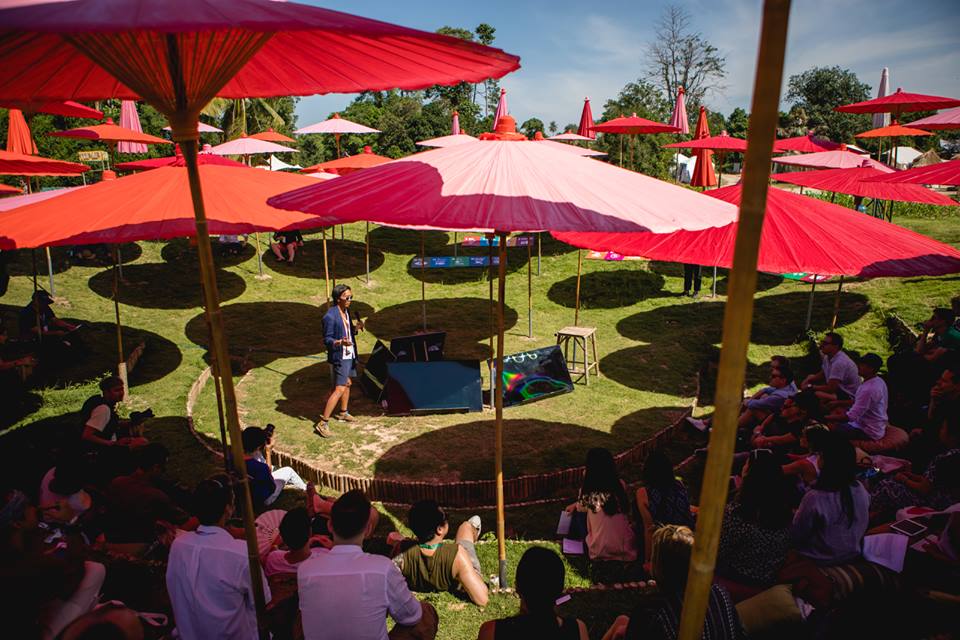
Solar Stage: designed by Gregg Fleishman. Architectural structures were put together by modular model in geometry. The wood boards were put against each other without attaching nut. Everyone can climb to each part freely. The architecture was placed at the most appropriate spot for watching the sun at dawn or dusk.
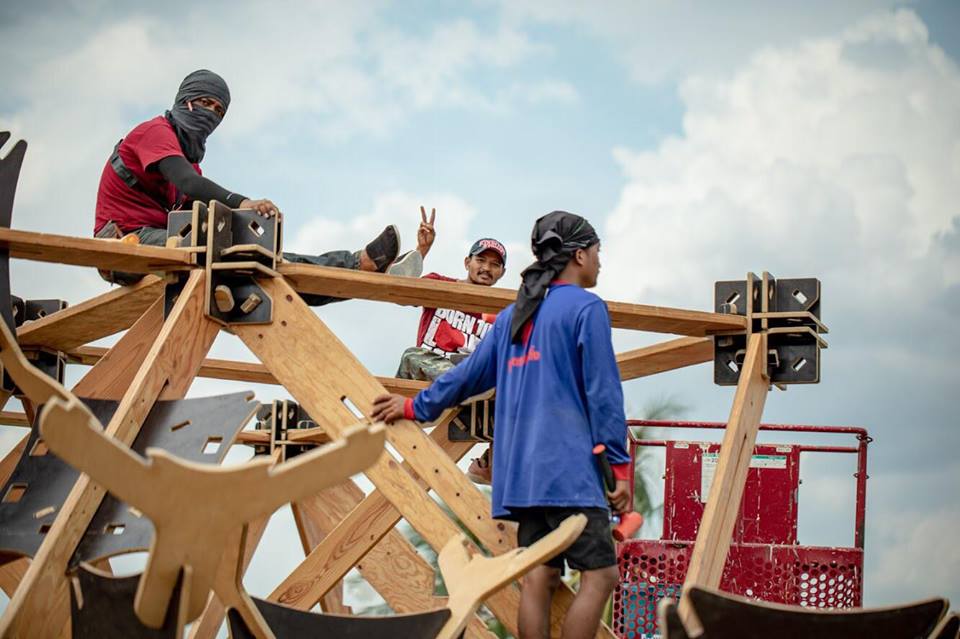
Water: water system of this year’s Wonderfruit was interesting. Because the place of event was moved, there was importation of water from lake in the area. There was no water from other sources in order to reduce carbon footprint happened from transportation.
Bath House: a floating house that was inspired by bathing ritual of Japan and Thailand. Bath House was designed as an oasis for people to come relax inside. All the structures were made from bamboos to make the visitors learn about different water cultures and get positive energy when they went back out. It was designed by Ab Rogers.
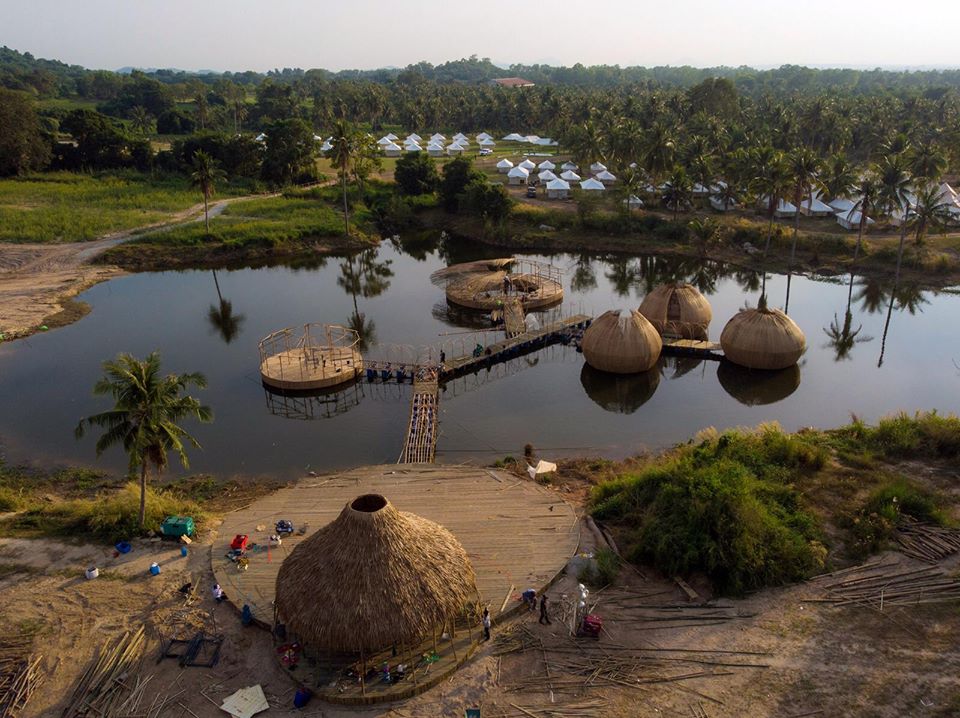
Waste: Many would get used to Wonderfruit experience that everyone carries their own bottle or tumbler in order to reduce the amount of waste as much as possible. One of the an interesting trends that grew this year was usage of biodegradable materials, like tapiocas and sugar canes, which applied to most of the ustensils. They can be reused as roof-tiles.
Working with Sampran Model, a middleman organization that connects producers and consumers in peer-to-peer model to sell organic products. It connects more than 300 fruit gardeners. The producers in the connection therefore also joined this event.

Paper glass produced from tapiocas and sugar canes. It can biodegrade in 180 days and become part of plastic waste reduction.


